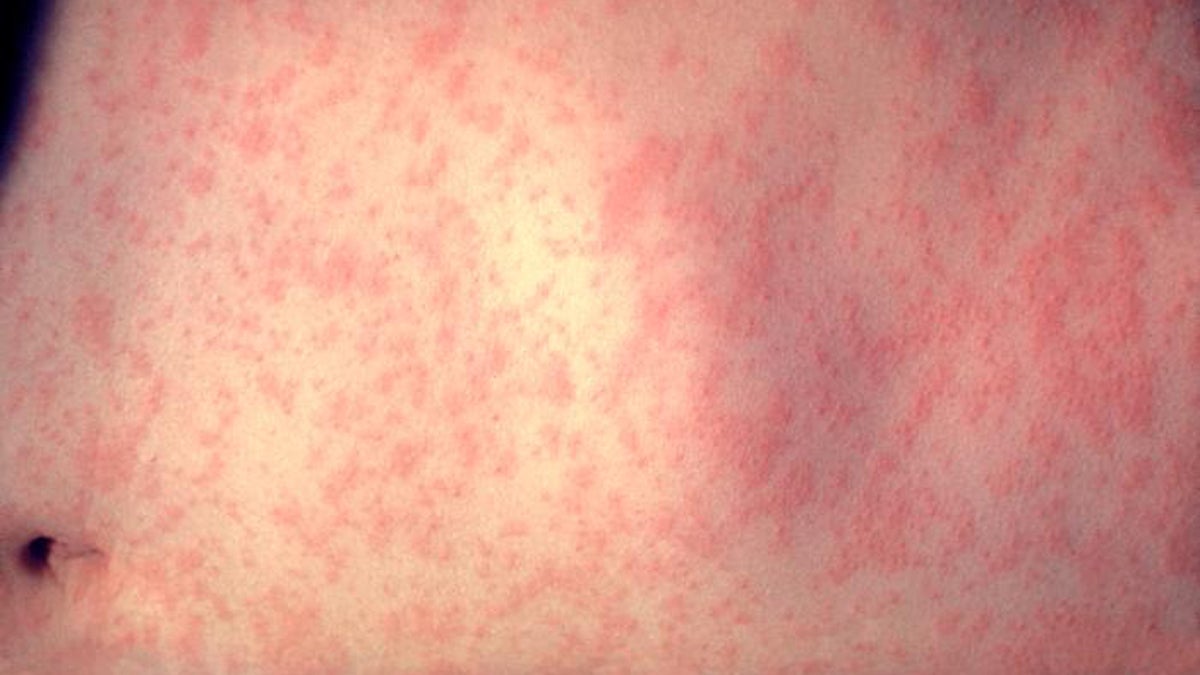Tests reveal no measles at Please Touch Museum, Philly-area CVS

This is the skin of a patient after three days of measles infection. (Image courtesy of CDC/ Heinz F. Eichenwald, MD)
Pennsylvania health officials Friday announced that test results came back negative for a potential measles case they warned earlier in the week could have infected people in Philadelphia and Delaware counties.
The Pennsylvania Department of Health on Wednesday warned visitors of a CVS in Wayne, Pennsylvania, and the Please Touch Museum that they may have been exposed to measles from a patron who was likely infected.
“Based on initial information received from those involved in the treatment of the individual and based on initial investigation by the department, it was believed this was a likely case of measles and public notification was made out of an abundance of caution,” wrote Secretary of Health Michael Wolf in a news release.
“Since Wednesday, further investigation was conducted and samples were taken for testing by the state’s lab, which confirmed the individual negative and there is no public health risk for measles at this time.”
Pennsylvania had just three confirmed measles cases in 2014.
Nationwide, there were 614 confirmed measles cases in 2014, about a three-fold increase from the previous year.
“This has been a very notable year,” said Amy Parker Fiebelkorn, an epidemiologist from the Centers for Disease Control and Prevention. “It’s the highest number of cases that we have had since 1994.”
A large outbreak last spring and summer in Ohio Amish communities contributed to that two-decade high.
Children’s Hospital of Philadelphia infectious disease expert Paul Offit said measles vaccination rates have held relatively steady for years, but that macro-level view can be misleading.
“If you’d … take the view from 30,000 feet, yes, the incidence of immunization against measles is about the same,” Offit said. “But, if you look closer, you’ll see that there are communities or districts or certain suburbs where parents are making a choice not to vaccinate and that’s where you see the disease.”
Measles was declared “eliminated” in the U.S. in 2000, meaning it is no longer endemic here.
Cases are still imported from abroad, however, and can spread rapidly among unvaccinated populations.
Measles is caused by a highly contagious virus that can live for up to two hours on surfaces and in the airspace where infected people have coughed or sneezed.
An infected individual can spread measles for four days before and after the characteristic rash begins.
Measles symptoms start one to two weeks after exposure with red eyes, a fever, runny nose, and sore throat, followed later by a rash that spreads all over the body.
WHYY is your source for fact-based, in-depth journalism and information. As a nonprofit organization, we rely on financial support from readers like you. Please give today.

